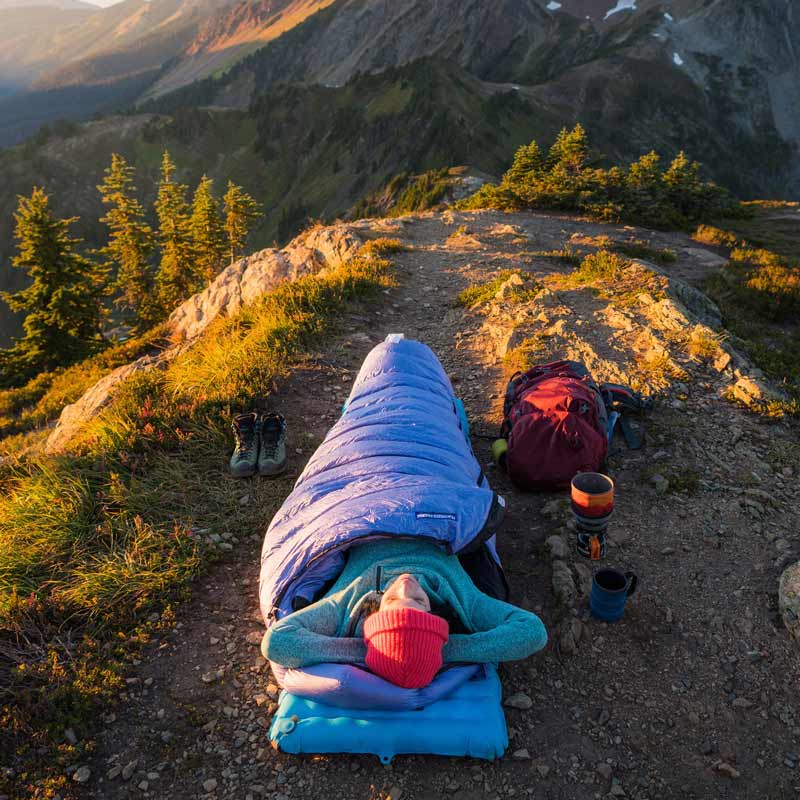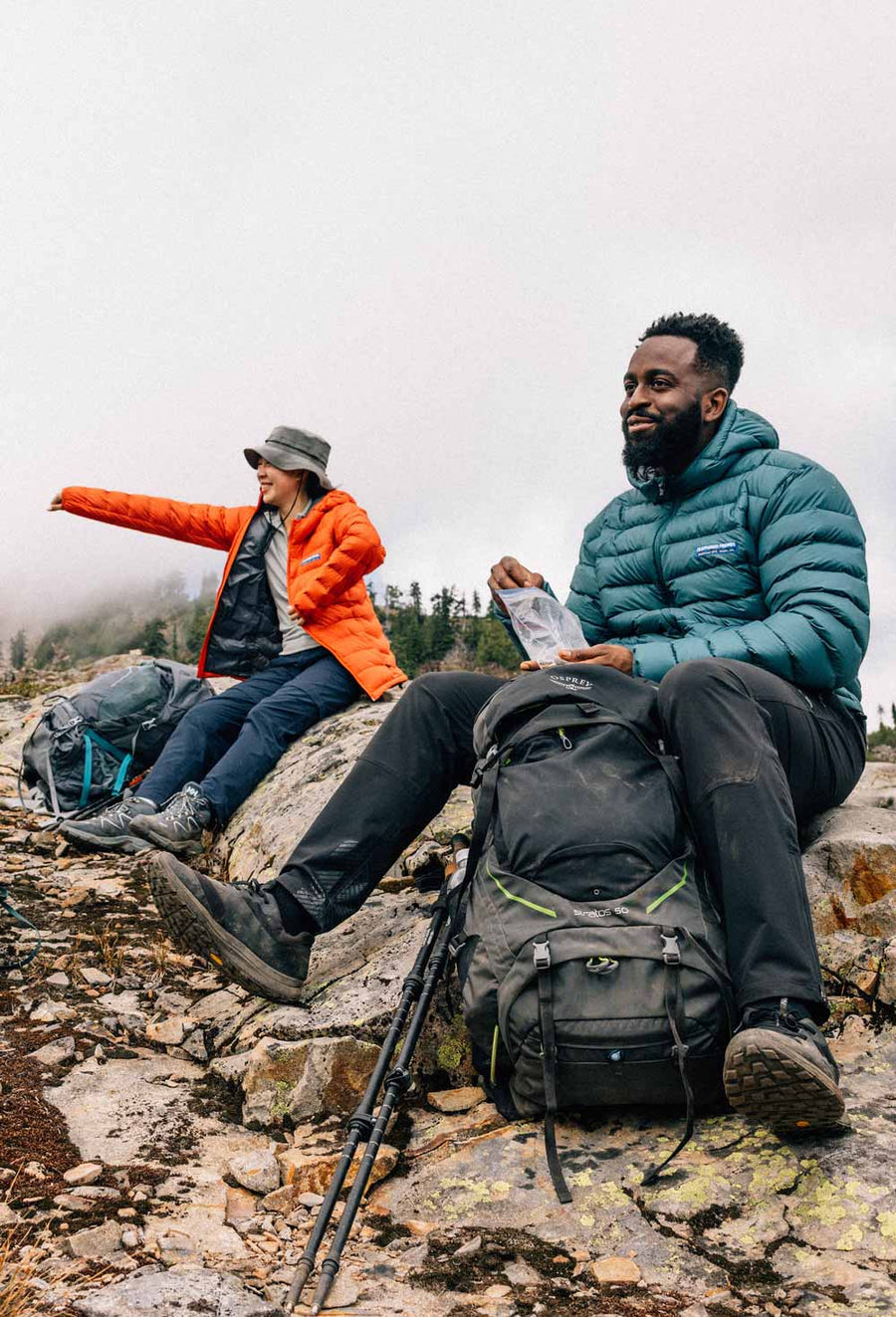Feathered Friends Blog
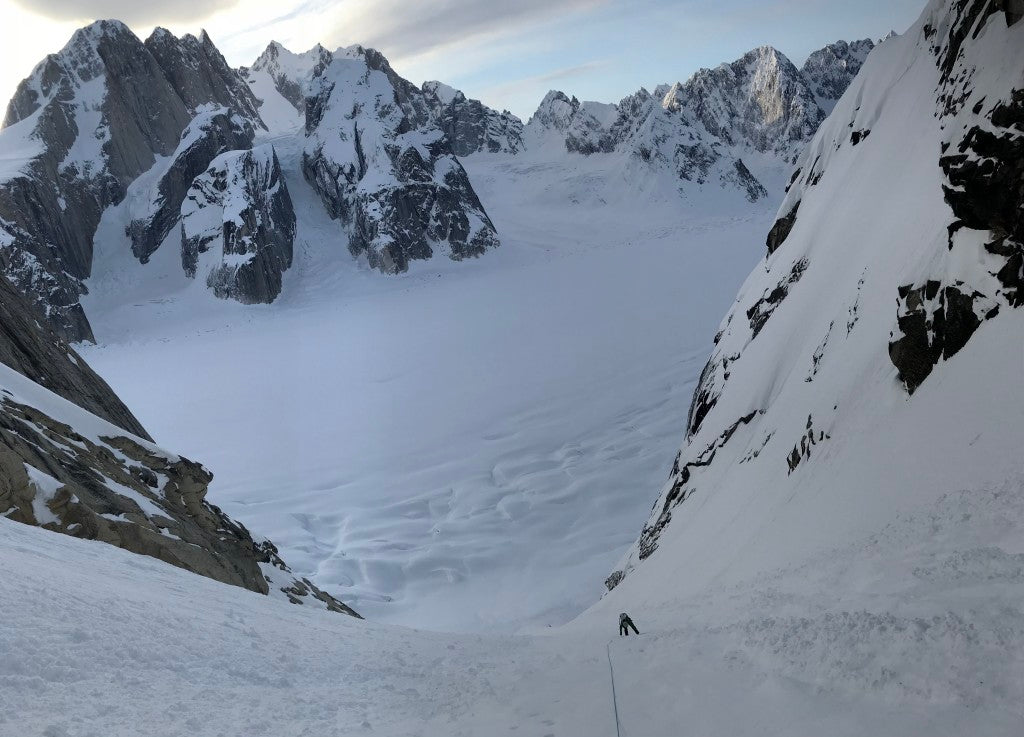
Alec Bergoef and Colten Moore set out on a trip to the Ruth Gorge in Alaska this past April/May 2018. Read about their challenges and overcoming adversity in the trip report below. Words and images by Alec Bergoef.
We’ve been sitting in Talkeetna for a couple days now, waiting for the weather to break so we can fly into the mountains. Just when we are about to give up hope of getting a flight into the gorge that day, Colten’s phone rings. We have been waiting for two days. I am pushing the longboard back up the hill to where his van is parked and he is yelling for me to hurry. I hop in the passenger’s seat and we rush down the road to grab our bags from the bunkhouse and pick up the pizza we had on hold at the pizzeria. Hastily, we grab our personal belongings from the hostel and rush over to the restaurant. When we arrive, our pizzas are ready and we head to the airstrip. We park and I stride happily over to the plane with two piping-hot pizzas to bring to the glacier with us. There are four others waiting, along with a pilot and Jim, the grounds manager for the air taxi service. We make small talk while we wait for our luggage to be loaded on to the plane.
Then it is time for us to board...

Our own Tessa McGee reflects on her time hiking the Continental Divide Trail. Words and images by Tessa McGee.
I’m not sure how to tell this story. I’m not much of a storyteller and there are a lot of ways to sum something like this up. A recap feels a bit like trying to tie a little bow around some unruly pile of junk. I find it hard to talk about thru-hiking without making too much out of too little, or too little out of too much. It’s not for anybody else, so sharing it feels a bit uncomfortable. But here it goes – in the spirit of reflection in the start of a New Year – I’ll try to strike a balance!
It was 136 days with 21 zeros (days off). June 28th – November 10th, 2017. Canada to Mexico through Montana, Idaho, Wyoming, Colorado and New Mexico. My hike was a little over 2700 miles.
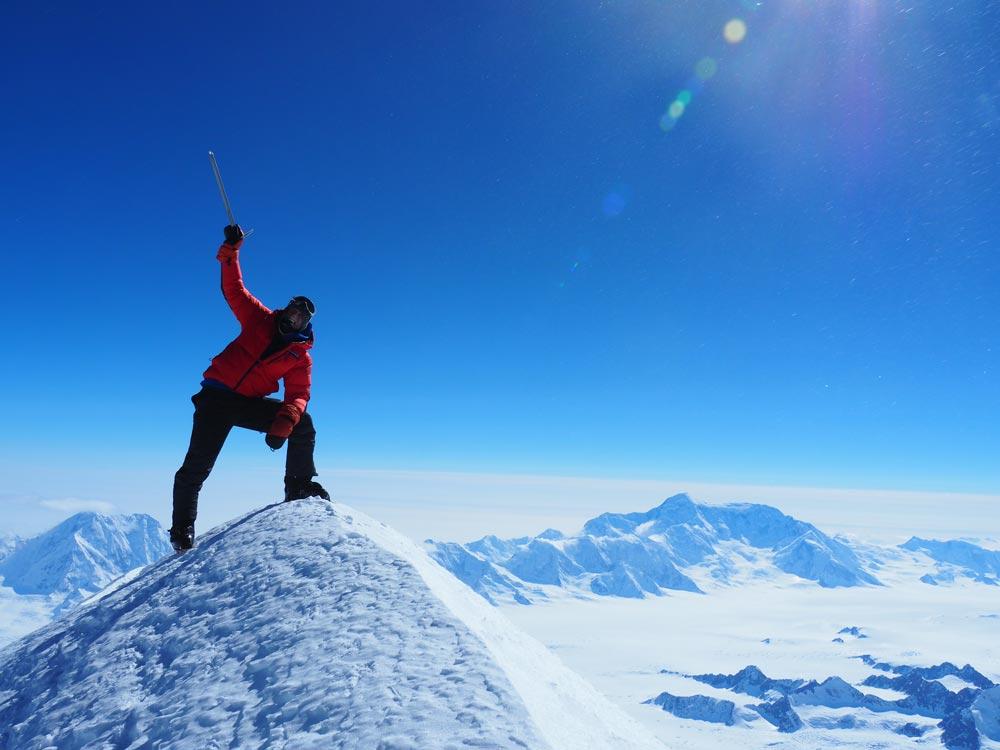
Earlier this year, five climbers summit Canada’s highest mountain, Mount Logan, towering at 19,551 feet (5959m). While painting vivid moments of terror and gratification, Chris Rowat shares his experience climbing one of North America’s toughest peaks. Words and images supplied by Chris Rowat.
The alarm goes off. It’s 5 a.m. Time to finish what we started almost two weeks ago. It’s time to summit. It’s really cold. Probably –30°F. My two tent mates are still asleep. I roll over and a rude dusting of ice crystals settles on my face from the inside of the tent. In fact, the whole inside is covered with frosty rime from our breath. Did I really volunteer to be up first and get the stove going? This is the worst part of the day: getting out of my cozy sleeping bag to begin the countless tasks of “getting going.” When it’s this cold, and the air so thin, every task is a struggle.
Expedition report from prolific climber and alpinist, Jay Smith. Jay has been climbing for “longer than he cares to admit,” and put up nearly 2,000 new routes across the world. His climbing partner, Jim Donini, is another prolific man of the mountains who was president of the American Alpine Club from 2006 to 2009 and is known for his routes in Patagonia and Alaska. Words and images by Jay Smith.
Not all expeditions go as planned. Read on to see how these two experienced alpinists responded to adverse conditions and tough decisions.
Cerro San Lorenzo is the second highest peak in Patagonia. It lies at 47º south latitude, in-between the northern and southern Patagonia ice caps, the only ice caps (an ice mass covering less than 50,000 square kilometers) outside of the poles. At 12,170’ it is not particularly high, but do to it’s location, less than 50 linear miles from the Pacific, on the Chilean/Argentine border, it experiences some of the worst weather on the planet. Indeed, it’s 6 mile summit plateau, which is almost completely adorned with overhanging seracs and cornices, presents formidable obstacles which defend it’s 3 summits. Just to find safe passage between these is a challenge. That, coupled with atrocious winds that can easily exceed 100 mph sweeping the summit, makes it a very difficult mountain to attain by any route. Other than the normal route, a walk-up via glacier travel, there are only 2 other climbs on the mountain that have been completed, though many have been attempted.
A trip report from AMGA/IFMGA Mountain Guide Jediah Porter.
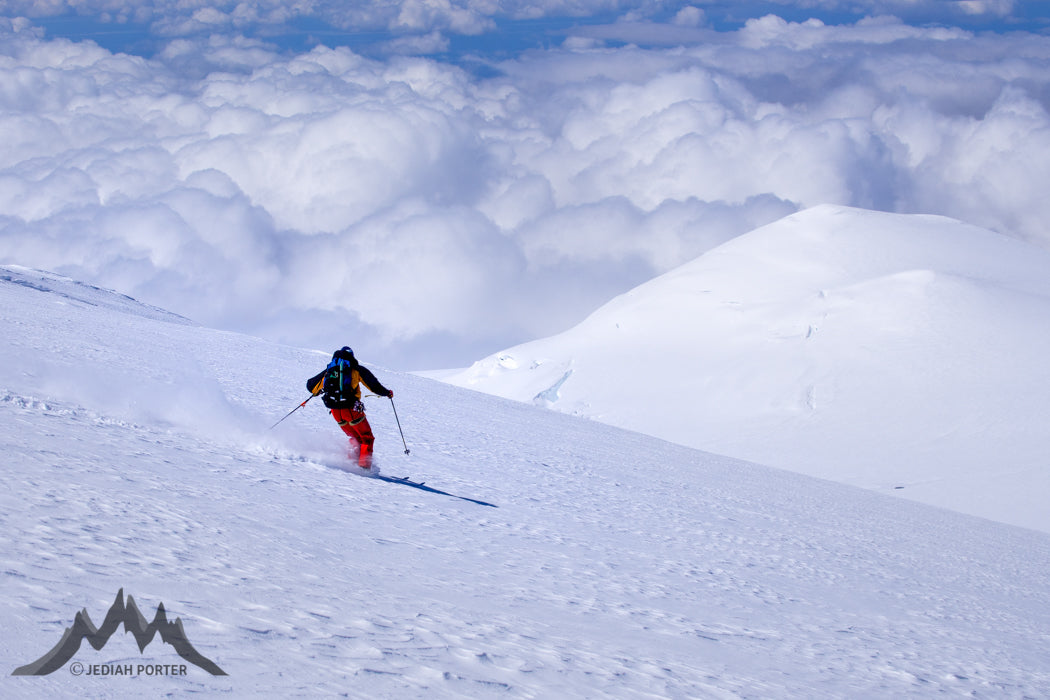
Human adventures are like caribou antlers; born soft and fuzzy with hope. Really, both start as just an idea, deep in one’s DNA. As they take shape, before they even take action, they are gentle and virtually unnoticeable. The promise of their power and prominence is there, but the scratched, hormonal, prideful reality is yet to be revealed.
For us, the climb and ski of Alaska’s Mount Sanford started as just a tiny, incubating idea in a teenager’s soul. In Wildsnow, the definitive tome on North American ski mountaineering, guru (and now mentor) Lou Dawson mentions the Sheep Glacier route on Mount Sanford as perhaps the ultimate mid-difficulty ski run on a giant peak. I stumbled across that literally 20 years ago, and the idea has simmered since then.
My wife Meagan and I booked some guiding work in Alaska in the spring of 2016, and looked to tack on a personal adventure. The time was right, the team was right, Mount Sanford was the call.
